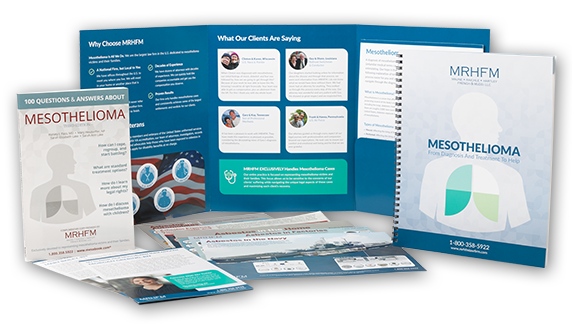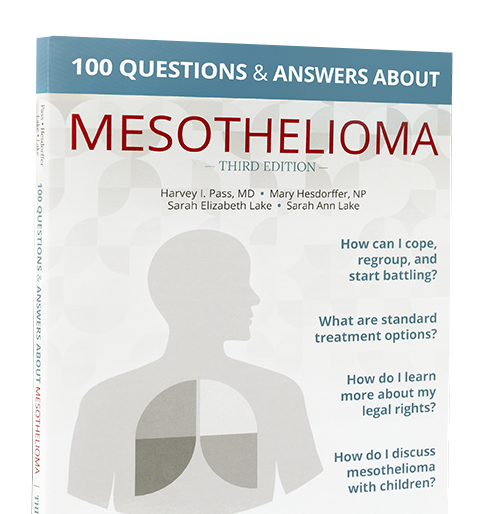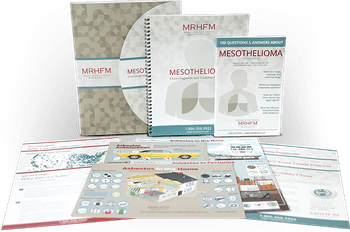Just months ago, the Food and Drug Administration (FDA) released a report confirming the presence of asbestos in kids cosmetics sold by Claire’s and Justice. In response, Representative Debbie Dingell (D-Mich.) has introduced legislation that would require warning labels on cosmetics marketed to children that could contain the deadly mineral.
If approved, the new bill would require companies to demonstrate that cosmetics marketed to children are asbestos-free. If the company fails to demonstrate that their products are asbestos-free or they are unwilling to cooperate, the items would have to carry a warning. The proposed bill would also require updates to the testing methods used to detect the presence of asbestos in products.
Asbestos can make its way into cosmetics through a naturally occurring mineral known as talc. Mined from the earth, the mineral may be added to cosmetics and other personal care products, to food, such as rice and chewing gum, and it may be used in the manufacture of tablets. Talc absorb moistures, prevents caking, and improves the feel of a product. In makeup, talc is also used to make a product opaque.
According to the American Cancer Society, in its natural form, some talc contains asbestos.
The International Agency for Research on Cancer (IARC), part of the World Health Organization (WHO), classifies talc that contains asbestos as “carcinogenic to humans.”
In 1976, the Cosmetic, Toiletry, and Fragrances Association (CTFA), which is the trade association representing the cosmetic and personal care products industry, issued voluntary guidelines stating that all talc used in cosmetic products in the United States should be free from detectable amounts of asbestos according to their standards.
Following the announcement of details about the new proposed bill, the House Oversight and Reform Committee held a hearing into talc-based personal care products that could contain trace levels of asbestos. It was revealed that there are more than 2,000 talc-based products in existence today, including more than 1,000 loose or pressed powders that could pose a risk of being inhaled.
Keeping in mind that there is no safe level of asbestos exposure, even the smallest amount of contact could lead to asbestos-related diseases such as mesothelioma.
On June 6, 2019, the FDA updated the Safety Alert warning consumers not to use certain cosmetic products that tested positive for asbestos. The FDA continues to analyze cosmetics for asbestos contamination, and will provide updates with additional information as it becomes available.
If you are concerned about asbestos in cosmetics and other products, the American Cancer Society says until more information is available, people concerned about using talc may want to avoid or limit their use of consumer products containing it.
Sources
Kelly, Cara. “FDA says tests confirm asbestos in makeup from Claire's, Justice.” USA Today. Gannett Satellite Information Network, LLC., 06 Mar. 2019. Web. 10 Jun. 2019.
Osmanski, Stephanie. “Bill Proposes Warning Labels for Kids’ Cosmetics That Might Contain Asbestos.” GreenMatters.com. Green Matters, Mar. 2019. Web. 10 Jun. 2019.
“Talc.” FDA. Food and Drug Administration, 06 Jun. 2019. Web. 10 Jun. 2019.
“Talcum Powder and Cancer.” American Cancer Society, Cancer.org. American Cancer Society, Inc., 04 Dec. 2018. Web. Web. 10 Jun. 2019.





